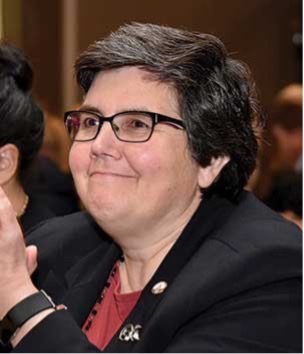New research shows that Level I and II trauma centers in the U.S. routinely perform screenings for patients who shows signs of alcohol or substance abuse. However, fewer than one-third of centers do regularly screenings for post-traumatic stress disorder (PTSD). Similarly, less than one-third of centers conduct programmatic screening and intervention for the impact of firearm injury.
The research is based on survey responses from nearly 300 Level I and II trauma centers in the U.S. The results were published in the March 2022 edition of the Journal of the American College of Surgeons. Here are the key findings:
Alcohol screening and intervention are routine
Nearly all Level I and II trauma centers (99%) provide routine screen and/or intervention for alcohol use problems for high-risk patients.
Responding centers use three screening methods for alcohol use problems — patient questionnaire (89%), laboratory test (85%) and an EHR-based process (67%).
Opioid and stimulant screening is common
Most trauma centers (82%) use at least one of the three screening methods to screen for opioid use disorder. In addition, many trauma centers (78%) use at least one of the three methods to screen for use of stimulants.
Screening for suicidal ideation is common
Most trauma centers (76%) screen trauma patients for suicidal ideation.
Screening for other mental health issues has room to grow
Only 38% of trauma centers screen trauma patients for depressive symptoms.
Only 30% of centers conduct programmatic screening and intervention for the impact of firearm injury.
Only 28% of centers offer routine services to support trauma patients with PTSD.
In addition, only 15% of centers offer a peer support program for trauma patients.
Intervention requires an integrated approach
Lead author Eileen Bulger, MD, FACS, chair of the ACS Committee on Trauma, discussed the study in the context of longstanding efforts to reduce reinjury, according to a press release.

“In trauma care, there’s an intention to better understand the risk factors for patients who are injured and how we can intervene to reduce their rate of reentry into a trauma center,” said Dr. Bulger, who is also chief of trauma and trauma medical director at Harborview Medical Center in Seattle.
“The first studies were done to study the relationship between alcohol use and traumatic injury,” she said. “Out of that work, grew a really convincing evidence base, which showed that if you did even a brief intervention with those patients while they were still in the hospital, that intervention would substantially reduce their risk of subsequent injury.”
According to coauthor Douglas Zatzick, MD, a Harborview psychiatrist, an integrated mental healthcare approach is key to the success of a trauma patient intervention.

“Our model is to meet people by the bedside, and we don’t necessarily start with mental health,” Dr. Zatzick said. “We start with a very patient-centered approach to post-injury care by asking patients about what concerns them the most following their injury. After eliciting patient concerns, we initially address patients’ most pressing concerns.
“It turns out that we can establish a therapeutic alliance with injury survivors by initially working with patients to address concerns, which relate to multiple social determinants of health, including post-injury financial worries and return to work,” he said. “After establishing this alliance, it’s often easier to address specific mental health issues such as PTSD symptoms.”

